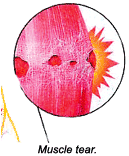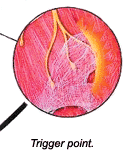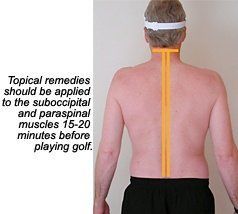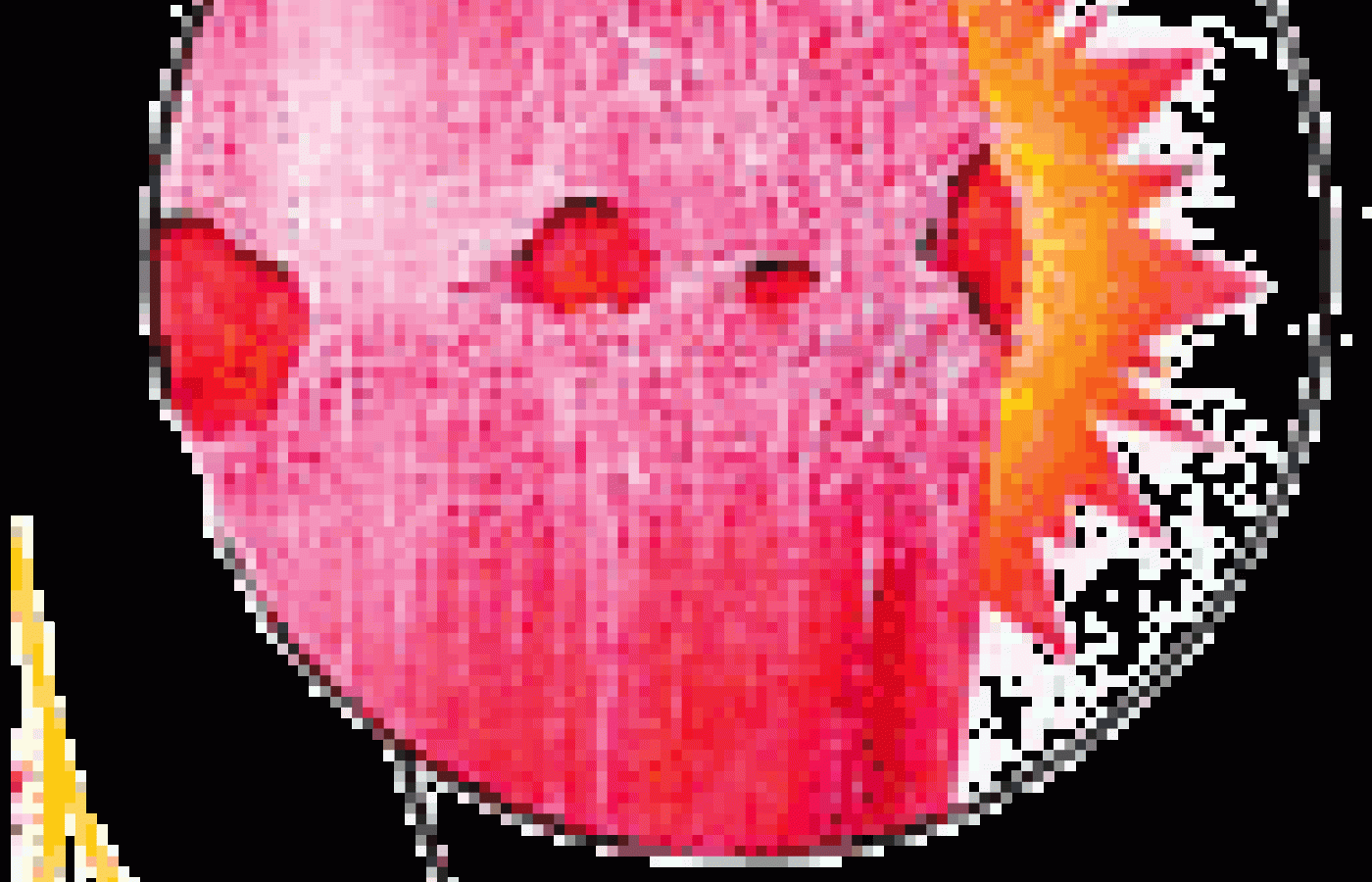Some doctors thrive in a personality-based clinic and have a loyal following no matter what services or equipment they offer, but for most chiropractic offices who are trying to grow and expand, new equipment purchases help us stay relevant and continue to service our client base in the best, most up-to-date manner possible. So, regarding equipment purchasing: should you lease, get a bank loan, or pay cash?
Chiropractic and Golf, Part 11: Anatomy of a Golf Injury
The typical amateur golfer can swing golf club 90 miles an hour. When your patients swing their clubs out of position or out of balance, they put tremendous strain on their joints, muscles, ligaments and tendons. When the force applied to the tissues exceeds their resistance, they will tear.

Clinical Management: Acute Versus Chronic Injury
Golf injuries fall under two general categories: acute and chronic. Acute injuries are new injuries, and are usually associated with painful swelling. An acute injury prevents you from playing golf altogether. The first four to six weeks are crucial in the management/treatment of a new injury. In addition to pain relief, the goal of treatment is to reorganize the developing fibrocytes so they are more compatible with the surrounding tissue.
No treatment can prevent the formation of fibrocytes; however, left unattended, they will form into an ugly tangled mess that is considered a nonfunctional scar. To a patient, this means increased sensitivity to pain and greater loss of normal joint motion.
Golfers with acute injuries should get complete rest. Ice packs are recommended to reduce painful swelling. The ice can be applied for as long as 20 minutes per hour - in other words - 20 minutes "on," then 40 minutes "off." Repeat as often as necessary during the first 24-48 hours of an acute injury; follow-up with a treatment program specifically designed to reorganize the fibrocytes into a "functional" scar. As the treating physician, you have several excellent soft-tissue therapy techniques to choose from, including neuromuscular re-education and active release techniques). The long-term benefit will be less pain and greater range of joint motion.
Golfers with chronic injuries have a unique problem to overcome. Old injuries are often infiltrated with dense clusters of nonfunctional fibrocytes: trigger points. With overuse, trigger points will inflame and feel like a new injury again.
Usually, chronic injuries are associated with stiffness. A golfer with chronic injuries changes his or her swing to avoid pain. It's hard to play consistent, powerful golf with chronic injuries.

The truth is, many of your patients who play golf are borderline obsessive about playing golf - injured or not. Therefore, effective patient management requires professional in-office adjustments, physical therapy, and a specific home-care treatment protocol.
I have discovered an effective remedy for golfers with chronic stiffness1 that includes four key ingredients:
- capsaicin: synthesized from hot peppers; an FDA-approved over-the-counter agent for pain relief; known to deplete the level of substance (SP), a neurotransmitter to the brain. By depleting SP, the pain signal is diminished.
- turmeric: more commonly known as a spice in Indian food; known to reduce inflammation and inhibit the production of inflammatory enzymes.
- glucosamine: a well-known, potent anti-inflammatory.
- methylsulfonlmethane (MSM): a natural form of bio-available sulfur that acts as a cellular transporter to carry the ingredients efficiently through the dermal layer.
For home use, the remedy is available in a roll-on that can be carried in the golf bag. For office treatment, I recommend supplementing with ultrasound to drive the solution deep into the connective tissues.

- www.playonproducts.com
Jeffry Blanchard, DC
Encinitas, California
jeff@doctorforgolf.com
DoctorForGolf.com



